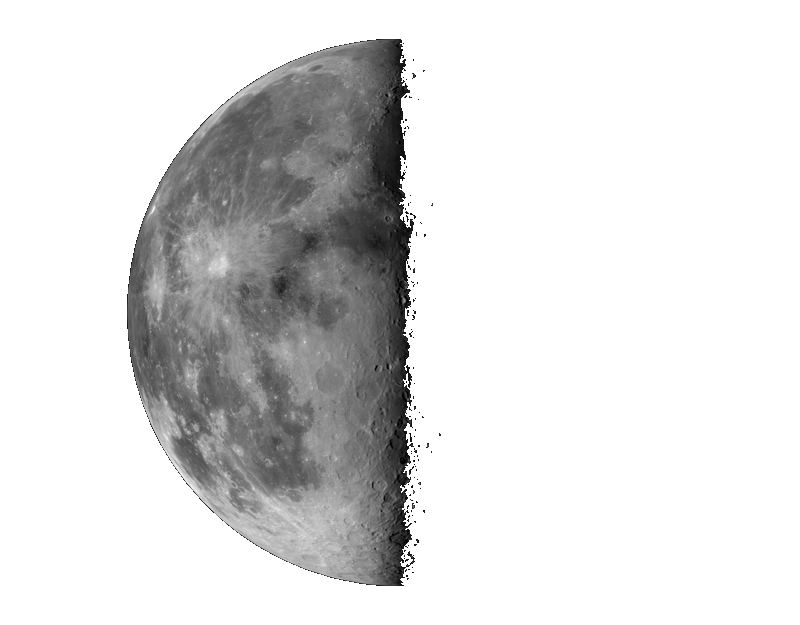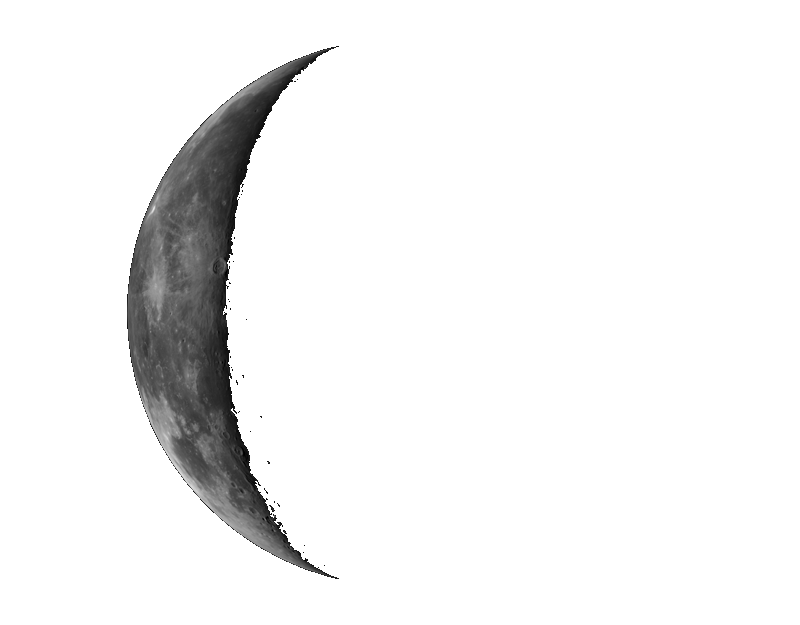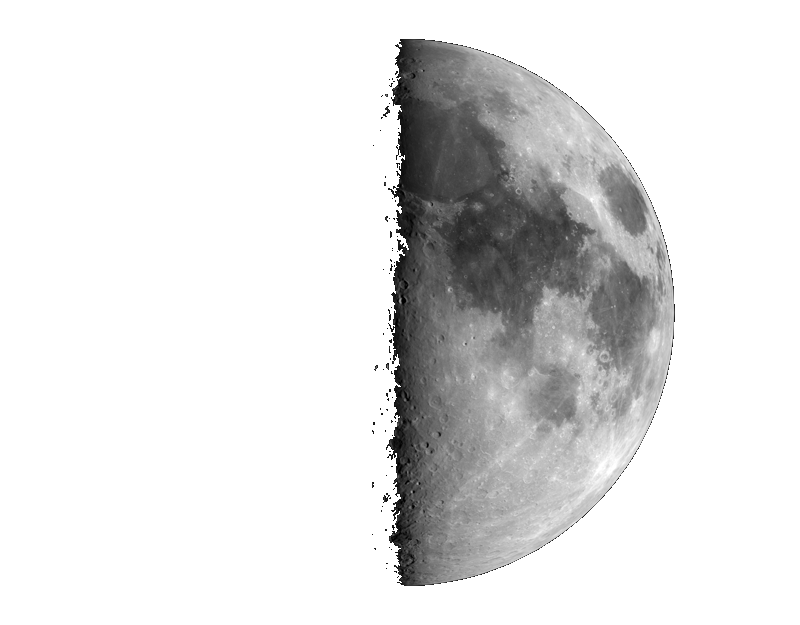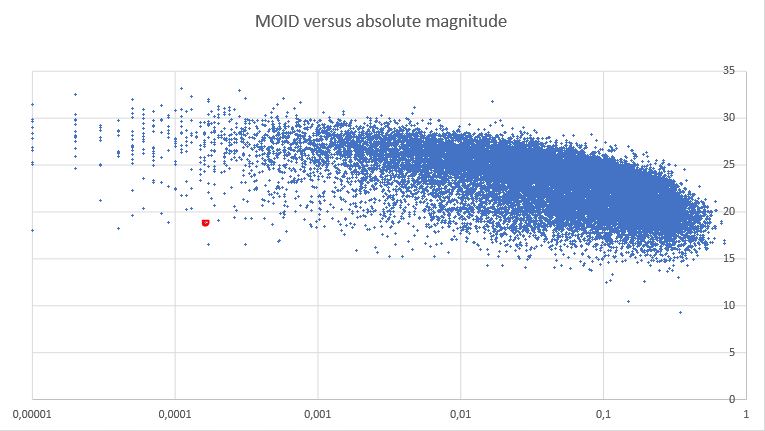MAP program discoveries
Discoveries of the MAP program
The MAP project (Maury, Attard, Parrott) is an asteroid discovery program based on the use of small wide field telescopes, CMOS cameras and the technique of synthetic tracking.
It's described here (link to be added soon).
This page lists the discoveries made by the program. It's more of a way for us to keep track of our discoveries.
During the end of 2020 we did some tests when nothing was really well automated. This led to the discovery of the Amor 2020 UN6
https://minorplanetcenter.net/db_search/show_object?utf8=%E2%9C%93&object_id=2020%20UN6
Then there was an interruption till January 7th, when we resumed observations, but first to debug the acquisition software and the automated processing scripts, then gradually, like a good baby, the system started to do whole nights, weather allowing...
- On January 13th we detected 11B700 followed on 14th and 15th by us. It is identified by the MPC with 2013 AF201 which is a Mars crosser https://minorplanetcenter.net/db_search/show_object?utf8=%E2%9C%93&object_id=2013%20AF201
- On January 15th we detected 11E401, which becomes 2021 AV7 which is an Apollo-type asteroid, approaching very close to Earth (a potentially hazardous asteroid "PHA"). https://minorplanetcenter.net/db_search/show_object?utf8=%E2%9C%93&object_id=2021%20AV7 It can approach Earth at 0.000544861 astronomical units, or 70,000km away (from the center of the Earth). It is a relatively large asteroid (absolute magnitude 18.8 corresponding to a probable diameter of 500m). In the following diagram which represents the minimum distance between the orbit of the asteroid and the orbit of the Earth, it is circled in red. On this diagram we can consider that objects of magnitude greater than 25 do not represent a real danger for the Earth.
- On January 16th 11F4121 is reported which is identified with 2017 JF, a highly inclined main belt asteroid discovered by Spacewatch https://minorplanetcenter.net/db_search/show_object?utf8=%E2%9C%93&object_id=2017%20JF
- On January 24 we discovered 11F301 (which should have been 11N301), followed by several other observatories, and which, when its orbit is a little more precise, is identified by the MPC with 1998 LE, which is an Apollo asteroid discovered by LINEAR in 1998 and not seen since June 1998 https://minorplanetcenter.net/db_search/show_object?utf8=%E2%9C%93&object_id=1998%20LE
- On January 28th we discovered 11R1901, but which is not confirmed. We tell ourselves we need a confirmation telescope
- On February 4th we discovered 1231301, which when tracked is identified with 2017 FZ183, a Mars crosser discovered by… we don't know who or how.
- On February 6 we discovered 1251D01, which was later named 2021 CT2, but we don't have more information on it. Probably a Mars crosser.
- On February 7th we discovered 1261601 which is then identified with 2020 YE3 which is a Mars crosser discovered by Catalina. https://minorplanetcenter.net/db_search/show_object?utf8=%E2%9C%93&object_id=2020%20YE3
- On February 9th we discovered 1281E01 which we have to follow. (Right now the focus is on automatic data confirmation, using a 40cm telescope).
- On February 12th we discovered 12C1G01 which has been followed up by new zealand astronomers at 474 and here with our 40cm telescope equiped with his new CMOS camera. Identified with 2020WL16, discovered in November 2020 by god knows who, god knows where. Impossible to get earlier information. It's a Mars Crosser asteroid.
- On February 13th we discovered 12D1F01 which we followed the same night with the 40cm (W95). It was later observed by many observatories, and became 2021 CW9. It's a main belt asteroid with a quite high inclination (32°), it's also quite large (between 1 to 3km diameter, H=16.7), its period is 5.25 years.
Others will follow ...
February 10, 2021.
Compartir esta página










